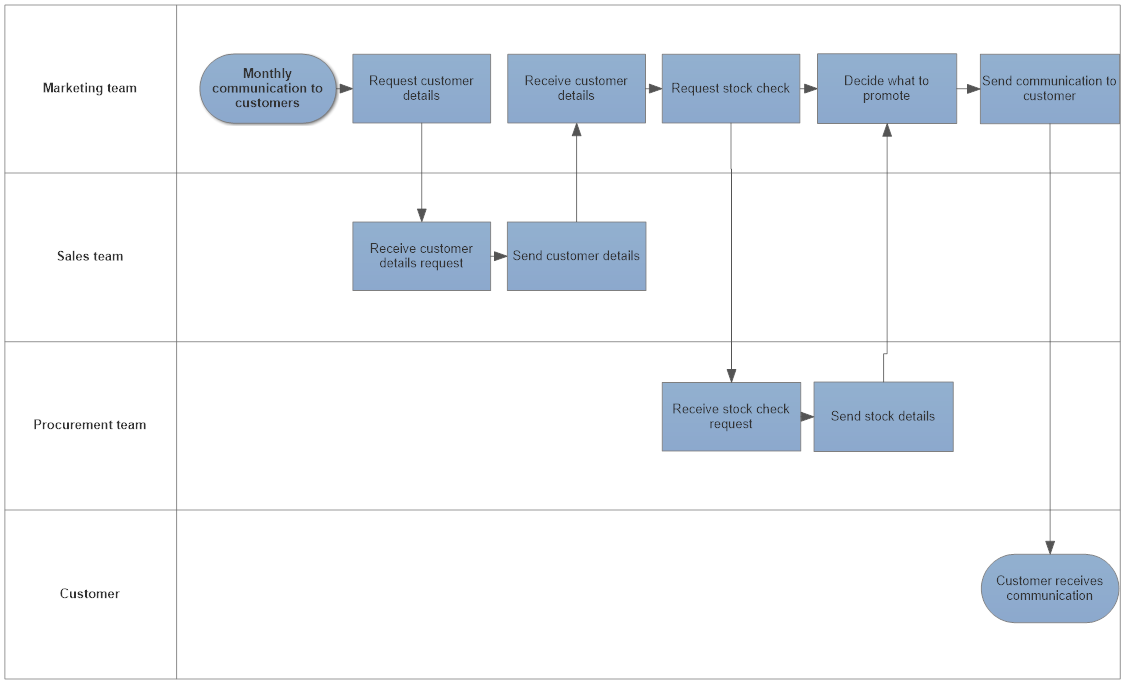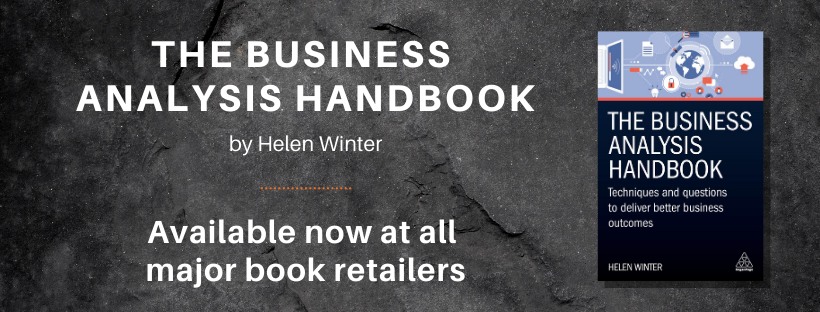
Introduction
It is important to understand the problems to be resolved and opportunities at the early stages of a project. These will build the foundations for understanding and prioritising requirements, design and implementation. If requirements do not relate back to a problem or opportunity, then the objectives of the project may not be realised. It is the responsibility of the business analyst to ensure traceability throughout a project and understanding the problem is one of the first stages that needs to be understood.
Some typical questions to ask the sponsor and other stakeholders are:
- What problems do you want resolved?
- What does it affect and when?
- What is the impact and the size of the impact?
- What would a successful solution look like?
- What opportunities do you want the project to achieve?
- What stakeholders do you envisage being impacted?
- What systems are impacted?
It is worth revisiting the problem statement with the stakeholders after the requirements gathering to see whether any requirements were identified that do not relate to a problem and to decide whether there is an additional problem missing or a gold-plated requirement which isn’t really required.
There are a number of techniques that can help identify problems to be resolved in addition to the types of questions above. This article provides an example using process modelling and analysis.
Understanding the end to end business process
Under the article a technique for understanding scope there was a goal identified for improving targeted marketing messages for a fictional company that sells a particular product to increase sales.
Reviewing the “as is” business process for how this is currently done can help identify problems. See below as an example of what the process might be.

Reviewing this process shows some potential problems.
- Time lags between waiting to receive information. This is apparent by the number of business areas involved. The marketing team request and wait for the sales team to let them know the customers they have sold to and need to check with the procurement team what stock is available before they can decide what to promote.
- It impacts on the time spent for the sales team and procurement team to provide information.
- The marketing communication being sent are dependent on what stock is available rather than the interests of the customer.
- If the customer details are only recorded at the point of sale they could be missing out on marketing to potential customers or recording customer details from other mediums.
The process diagram could also be taken further to:
- Document the time lags
- To understand the effort taken for each process shown.
- To understand what data is collated that might be useful for targeting marketing messages e.g. demographics
- It could also look at volumes such as the number of communication messages returned as not reaching their destination, number of messages sent out etc.
- What processes use which existing systems or stored documentation
- Which processes are manual, involve interaction with a computer system and which are automated.
These will also help apply measurements to the success criteria in terms of what the desired income would be.
A “to be” process diagram will be useful in uncovering opportunities by asking the business where they see improvements being made. It is also worth the requirements being written based on the “to be” process rather than a problematic “as is” process.
Opportunities using the example could be:
- To provide marketing information that the customer is interested in related to what they have purchased previously or based on their demographics.
- To have a central store of customers.
- To identify potential customers to target before a sale.
- To use other mediums for gathering customer details.
- To measure the success of the marketing information reaching the customer and whether they take up the offers as a result.
- To reduce the time spent on putting together and sending out information to customers.
- There may be opportunities for the procurement team to purchase stock based on interests of the customer if they can make use of the customer data collated. If they know what products are being promoted they may also be able to anticipate additional demand.
Applying metrics will also help to understand the estimated monetary value return and payback period from proceeding with the project and to agree success criteria. Here are some examples:
- Increase sales by 10%.
- Reduce time spent on producing the marketing messages by 20%.
- Reduce emails returned from sender by 20%.
- Reduce out of date stock by 10%
Summary
Understanding the problems and opportunities is essential in making sure:
- The scope relates to it.
- Traceability of the solutions will resolve the problems and realise the opportunities.
- To understand the cost of not doing the project.
- To understand the success measures and benefit realisation.
Thoughts? Questions? Please share in the comments.
If you have found this article useful then you might like my book – The Business Analysis Handbook – Techniques and Questions for better Business Outcomes. The book is available from www.koganpage.com and all major print and e-book retailers.

